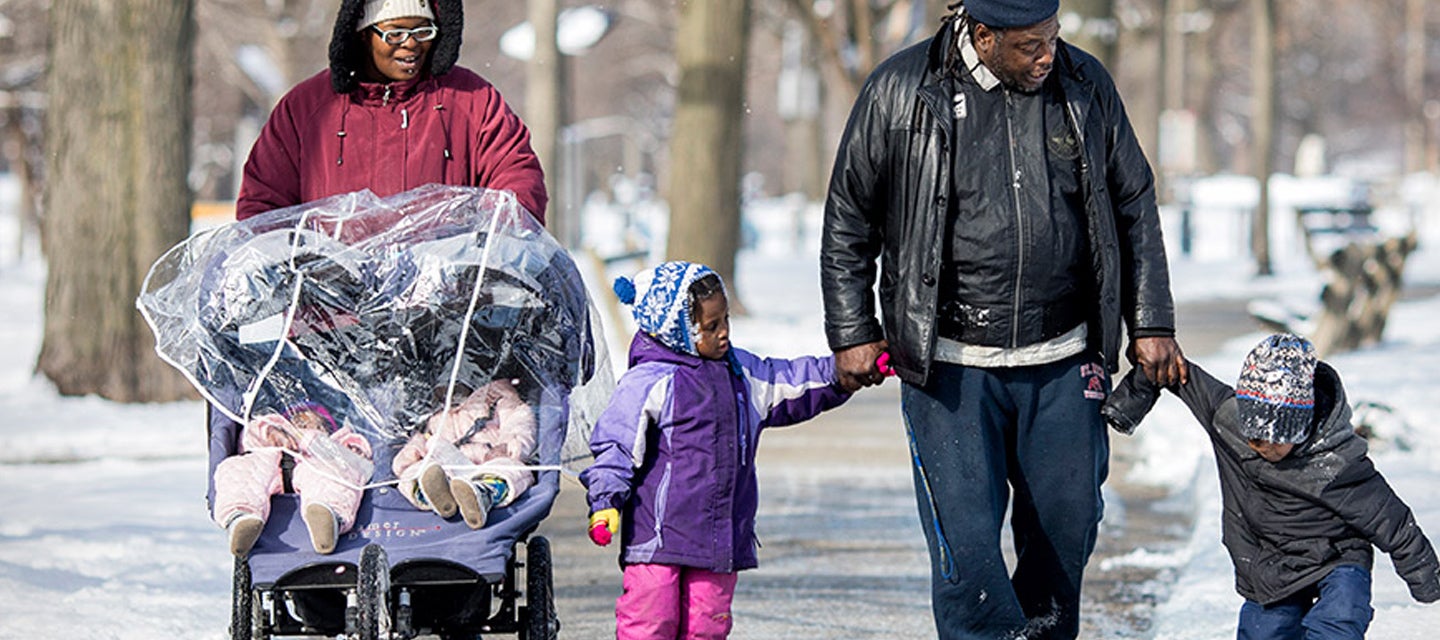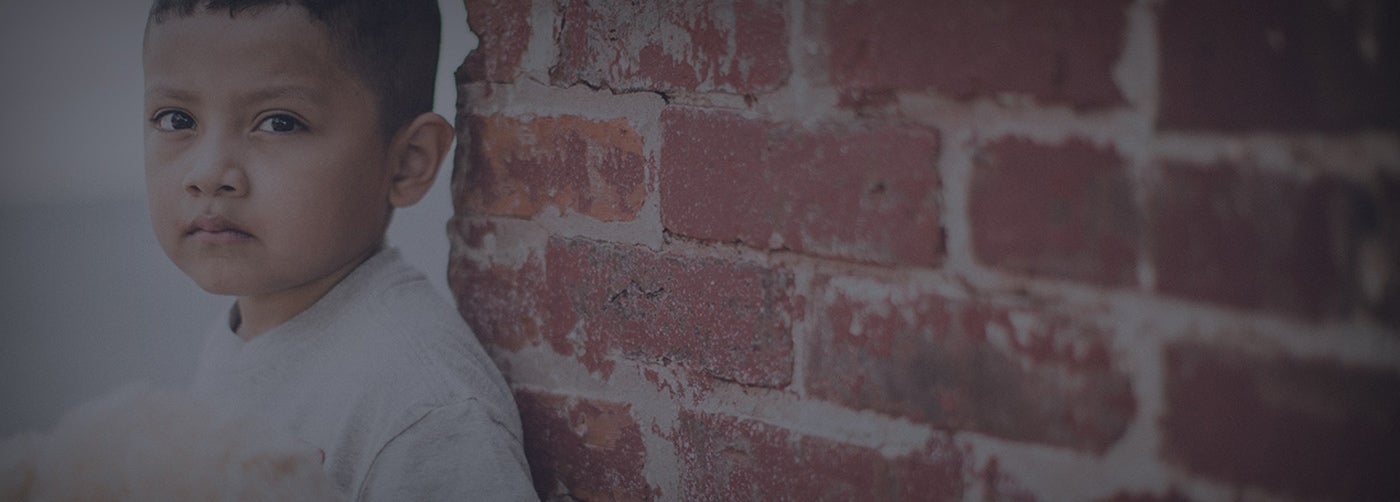
Poverty
How We Serve
Pathway of Hope Program
The Salvation Army’s Pathway of Hope program was launched in 2011 to provide targeted services to families wanting to break the generational cycle of poverty and enable a path out of constant crisis. It is rooted in a case management approach, focusing on the client’s individual needs and mastery of different life skills.
This program is designed to have an impact on how poverty affects multiple generations. By positively changing the lives of parents, The Salvation Army can create better living conditions for children. Educational and support programs for children in their development years are crucial.
Our Approach
The Pathway of Hope approach includes:
- Catalyzing community collaboration in service of shared clients
- Providing targeted services to families with a desire to take action, changing life trajectories and increasing hope
- Moving families from crises and vulnerability to stability and eventually self-sufficiency, tracking family progress along the way
- Bringing all The Salvation Army’s internal resources to bear, aligned to the goals of clients
- Focusing on hope as a measured outcome, which represents the distinctly relational, spiritual outcome that The Salvation Army seeks in the work it does
What does the initiative involve?
Caring for your family’s needs, while building a strong future, can be challenging in today’s economic times. The Salvation Army team will offer support, guidance, and assistance as we walk alongside you on your family’s journey:
Mapping it out
Meet with a caseworker to develop your personalized action plan.
Tracking progress
Chart your progress and see your success with your dedicated caseworker on a regular basis.
Reaching milestones
See where you are at six months and decide what’s next on your journey.
Prepare for the future
Celebrate your successes. Adjust any further goals. Encourage others.
Resources & Connections
Through your involvement with Pathway of Hope, you’ll be introduced to The Salvation Army and other services available within your community that offer:
- A network of support
- A sense of community
- Holistic programs
- Spiritual guidance
Service connections to:
- Job training programs
- Health services
- Free Childcare and education
- Housing options
- Legal advice
And much more.
Stats
14.80%
of adults in America currently live in poverty
1087
Corps Community Centers across the United States, providing localized programming to help individuals and families in their communities

Help break the cycle of poverty
Your donation is crucial for providing essential resources, like legal advice and child care assistance, offering support, and opportunities that help individuals and families break the cycle of poverty and build a better future.
Other Services

